The UK's favourite high street shops that disappeared forever
Iconic big chains that have bitten the dust
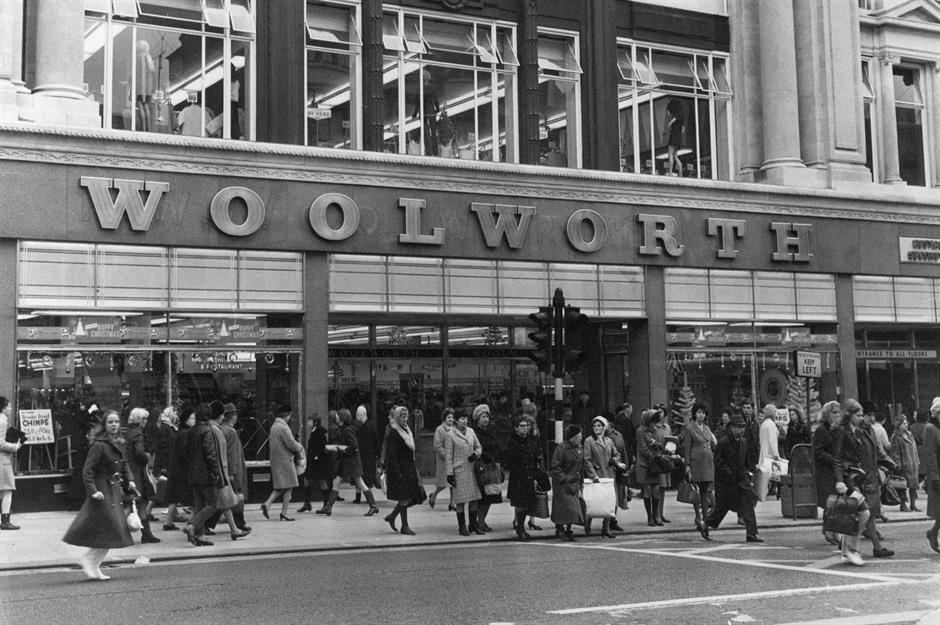
Remember being dragged around BHS and C&A by your mum, stocking up on pick 'n' mix in Woolworths or grabbing a CD from Our Price? With the news WHSmith is set to shutter its high street stores, it's hard not to feel a pang of nostalgia for a bygone era of British bricks-and-mortar shopping.
Hit by soaring costs, online competition and other threats, major physical retailers are facing unprecedented challenges. It's no wonder so many much-loved names have vanished. As we mourn yet another fallen giant, read on to discover 10 stores that have gone for good.
WHSmith

The latest casualty of the crisis on the UK high street, WHSmith is the second-oldest chain in our round-up. Established as a news vendor way back in 1792, the seasoned retailer opened its first store, a newsstand in Euston Station in 1848, and went on to become a dependable fixture on high streets up and down the country.
During the 1960s, half the UK population bought newspapers from trusty Smith's. After a change of ownership in the 1970s, the chain embarked on a major expansion, cementing itself as the go-to for stationery, magazines, books and a whole lot more besides.
WHSmith
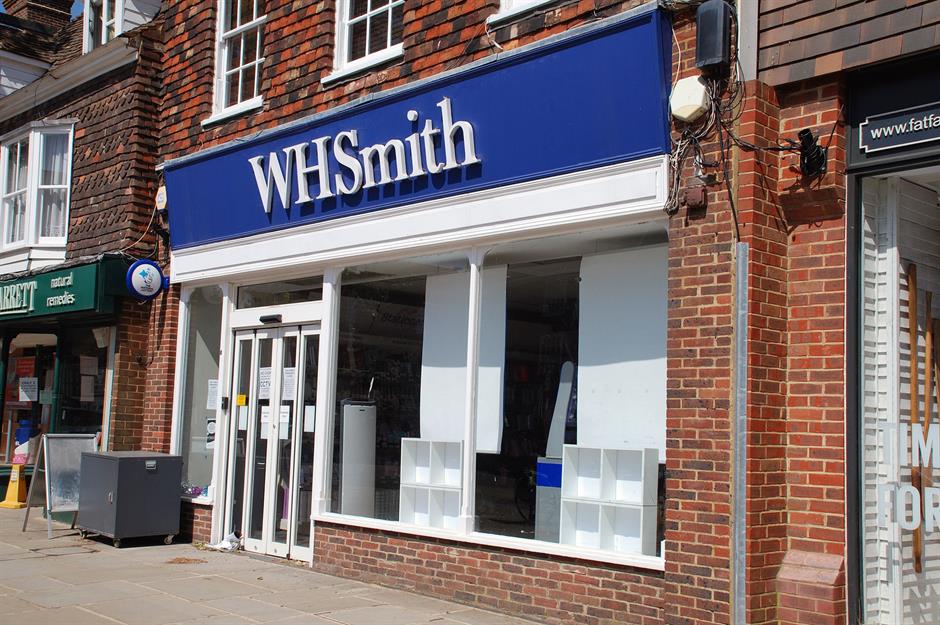
WHSmith flourished in the 1980s and 1990s, but the rise of internet shopping and digital content began to impact sales, as did competition from supermarkets and discount retailers. The chain started to struggle on the high street in the noughties and it's been downhill ever since.
With its high street business flagging, WHSmith recently sold it to a private equity group for £76 million. The chain's portfolio of 480 high street, shopping centre and retail park stores will be rebranded as the made-up TGJones. But the WHSmith name hasn't actually been killed off. The chain is retaining its profitable 'travel retail' stores in airports and railway stations, a full circle back to its roots in Euston Station.
Woolworths

A spin-off of the US parent of the same name, the first Woolworths UK store opened in Liverpool in 1909. The chain rapidly expanded nationwide and did a roaring trade on British high streets for decades.
Affectionately known as Woolies, it became a beloved institution, synonymous with its enticing pick 'n' mix counter, affordable records, cassettes and CDs, and the signature Ladybird children's clothing range. But the chain's popularity plummeted in the noughties.
Woolworths

Demand for physical music formats fell away, gutting a key revenue stream. Meanwhile, the growth of online shopping and budget bricks-and-mortar retailers intensified competition. Ultimately, the Global Financial Crisis delivered the final blow.
Woolworths Group went into administration in 2008, leading to the closure of all 807 stores and the loss of 27,000 jobs, though the website limped on until 2015. For those who fondly recall its aisles however, a glimmer of hope has emerged, with recent suggestions of a potential comeback courtesy of Roman Heini, the German owner of the Woolworths brand.
BHS
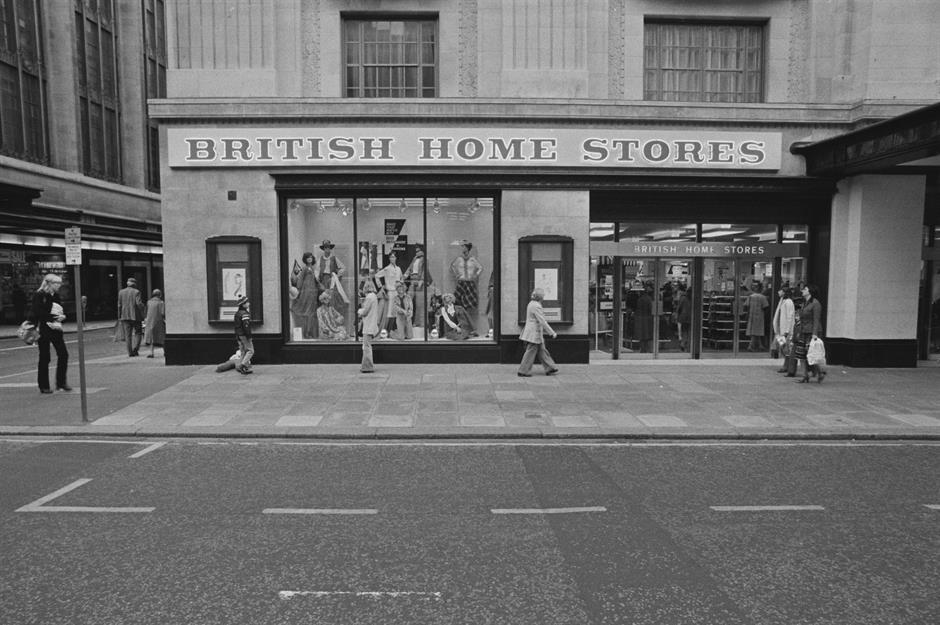
Known as British Home Stores until the mid-1980s, BHS was started in 1928 by a group of American entrepreneurs as a Woolworths rival. It became a familiar sight on UK high streets, with numerous branches around the country selling a wide range of clothing and household goods. The chain's problems began towards the end of the 20th century.
While never regarded as trendy or aspirational, BHS was seen as “cheap and dowdy” by the late 1990s, according to the BBC.
BHS
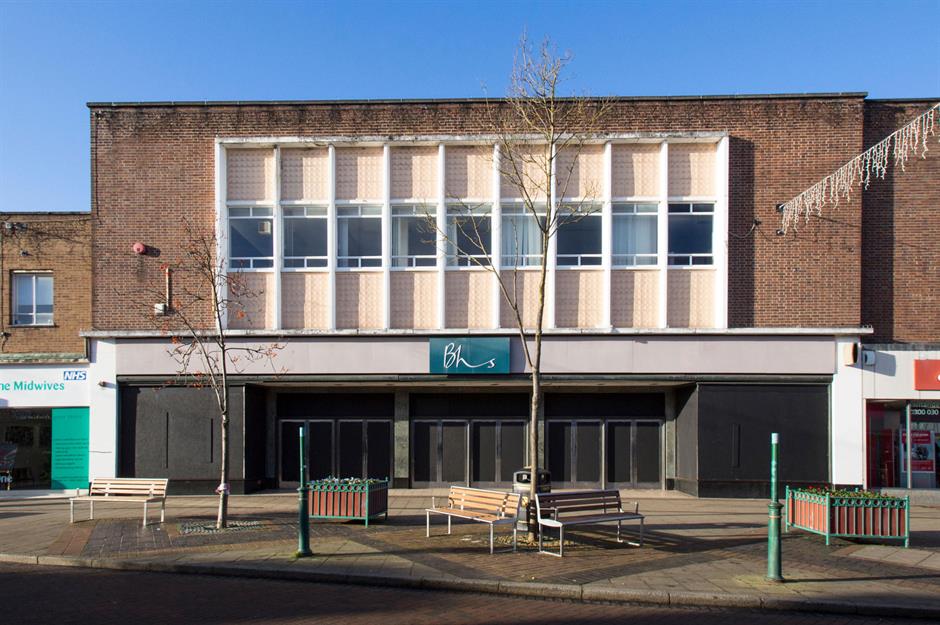
In 2000, the ailing chain was snapped up by retail mogul Sir Philip Green for £200 million. Its fortunes picked up initially but the brand floundered as increased competition from the likes of Primark and H&M hammered its bottom line. BHS was sold in 2015 for a symbolic £1 to serial bankrupt Dominic Chappell, who was later jailed for tax evasion. The chain collapsed 13 months later and all 164 stores disappeared, with the loss of 11,000 jobs.
Many blame Sir Philip Green for its downfall. The retail billionaire loaded the business with debt while extracting huge dividends, underinvested in the company and left a large pensions black hole.
Debenhams
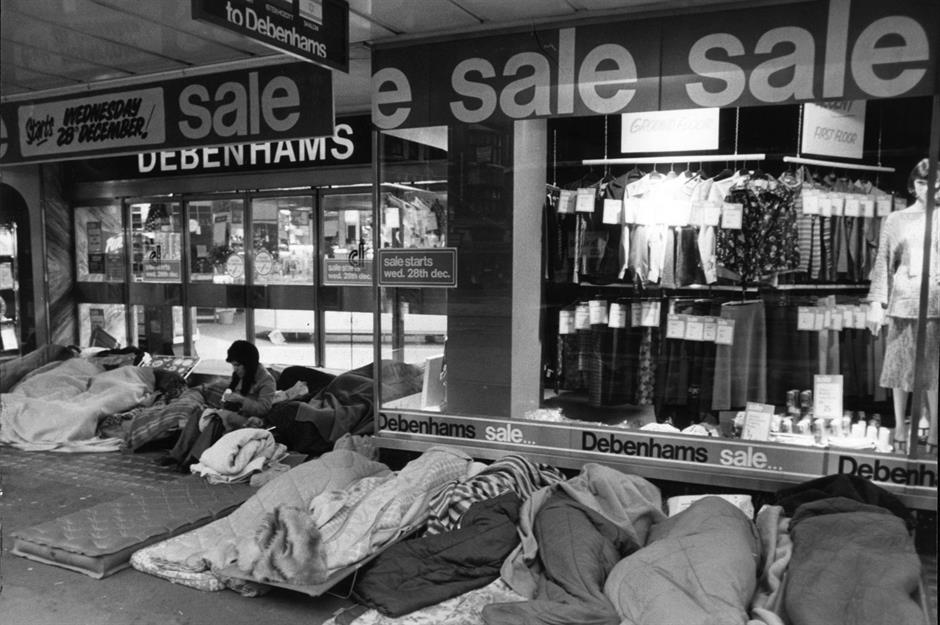
Established in 1778 on London's Wigmore Street as a high-end drapers, Debenhams was in business for a staggering 242 years, making it the most venerable name in our round-up. By the 1950s, Debenhams was reigning supreme as the UK's largest department store chain, with 110 branches nationwide. This picture shows eager shoppers camping out for the post-Christmas 1977 sales.
The chain more or less prospered until the 2010s, when its fortunes changed for the worse.
Debenhams
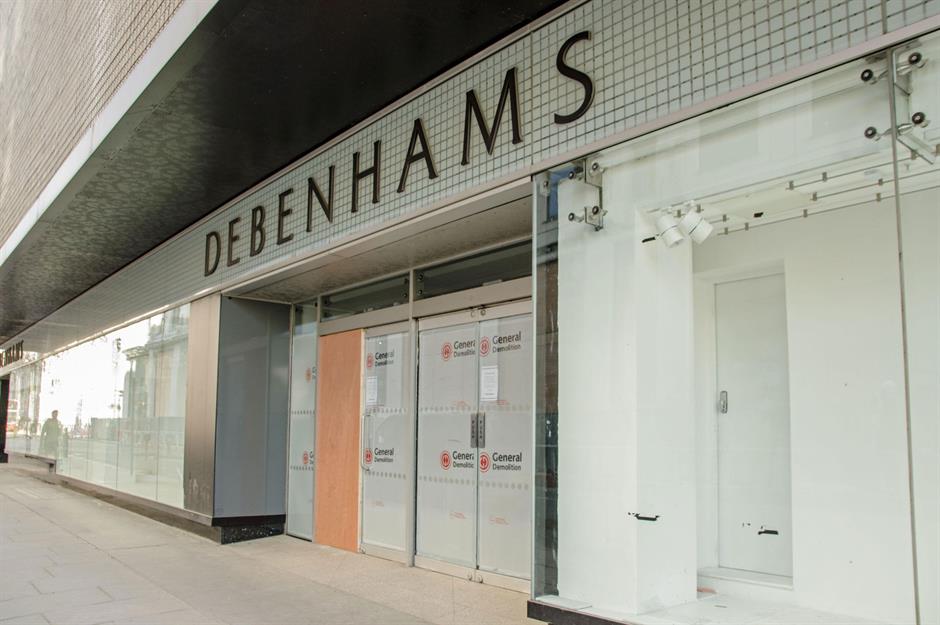
Debenhams had failed to keep up with the times and was struggling to compete with online newcomers such as ASOS and Boohoo. Adding to its woes, the chain, which amassed 178 stores at its peak, had overexpanded and was drowning in huge amounts of debt.
The pandemic proved to be the death knell and in 2021, Debenhams bowed out of the high street. Its remaining 124 stores were shuttered and 12,000 staff members were laid off. Looking on the bright side, the brand has found a home online.
Topshop

Topshop started out in 1964 as a basement concession in a Sheffield department store called Peter Robinson, owned by the Burton Group. Catering to fashion-conscious teenage girls and young women, the concession went down a storm with the youth of the era and swiftly became a bona fide chain.
The guys got in on the action in 1978 with the launch of Topman, and the chain continued to expand. In 1996, its 90,000-square-foot flagship store on London's Oxford Street opened. The following year, the Burton Group became the Arcadia Group, which was bought by Sir Philip Green and his wife in 2002 for £850 million. Green introduced everything from designer collections to celebrity collabs, most notably with Kate Moss in 2007.
Topshop
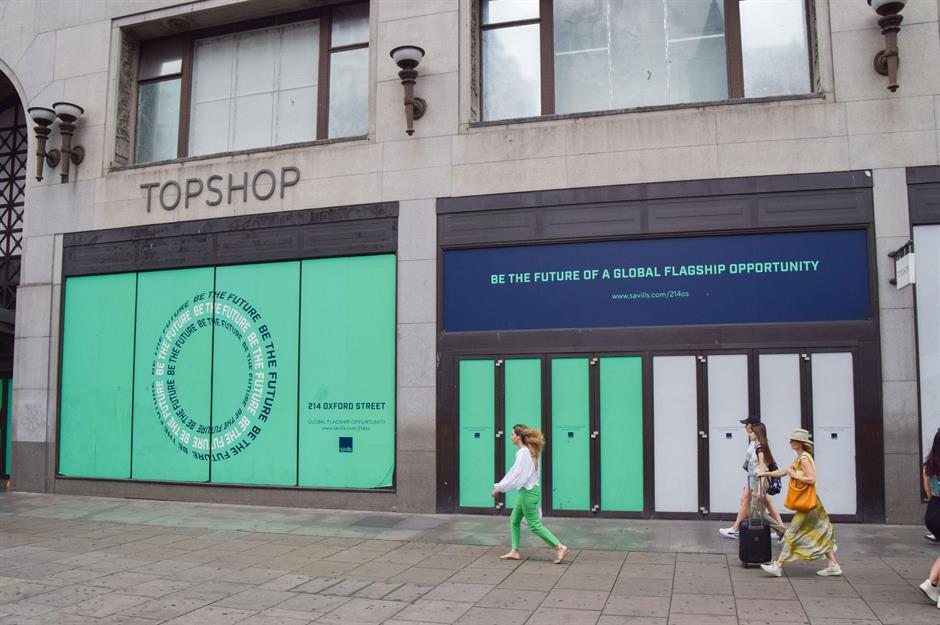
Topshop was riding high in the noughties. But a lack of investment in the stores during the 2010s caused it to lose its edge, and formerly loyal customers defected in their droves to rivals like Zara and ASOS. By the end of the decade, the chain was on its knees.
The pandemic proved too much and Arcadia, along with Topshop, went into administration in 2020. ASOS acquired the brand the following year but every single one of the chain's 300 UK stores was shuttered, with 2,500 jobs lost. As for the Oxford Street flagship, it's now IKEA's first central London store.
Burton
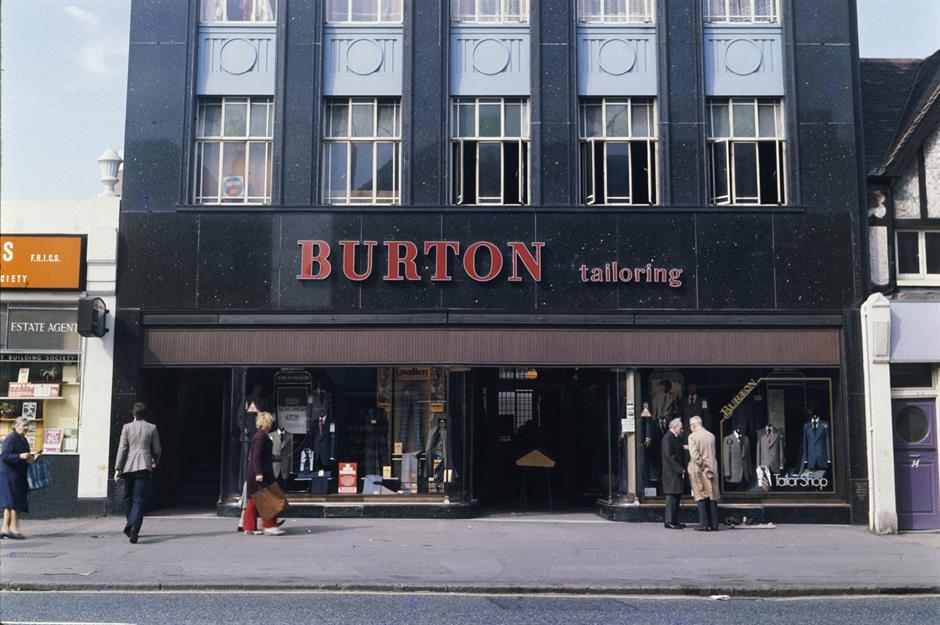
Burton dates back to the early 1900s when it was founded by Montagu Burton in Chesterfield to provide quality made-to-measure men's suits at economical prices. The formula was a recipe for success, and by 1929, Burton counted 400 shops, factories and mills.
After the Second World War, Burton famously produced a demob outfit dubbed 'The Full Monty' and dressed successive England football squads, including the 1966 World Cup winners. And of course, Burton birthed Topshop through its Peter Robinson subsidiary. Plus, it owned Debenhams for a time, as well as other top high street brands.
Burton
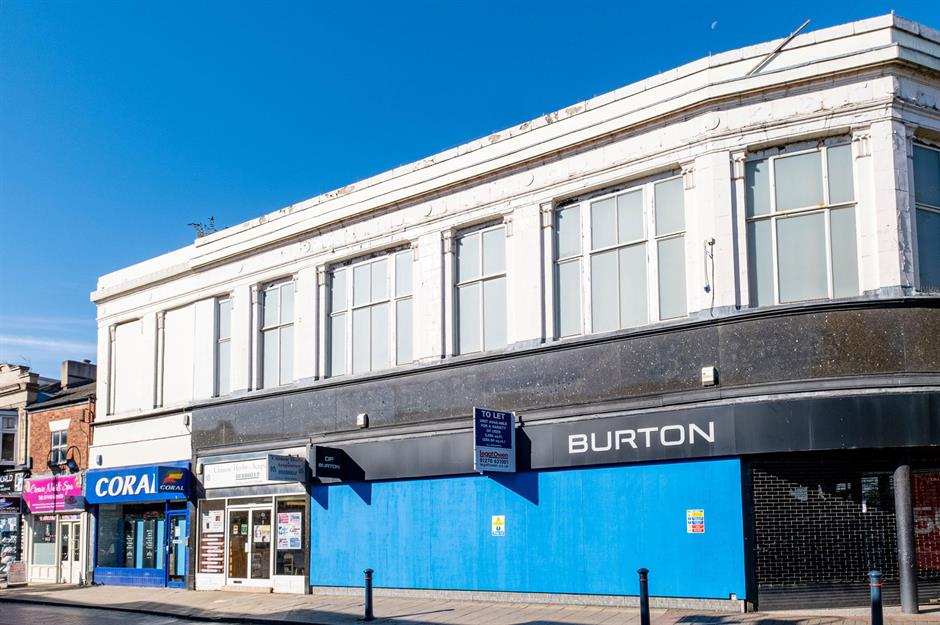
As we've mentioned, the Burton Group became the Arcadia Group in 1997 and was purchased by the Greens in 2002.
The menswear chain went the way of Topshop in 2020 when Arcadia entered into administration. The brand was bought by Boohoo, which opted to move the business online, resulting in the closure of its physical stores.
Dorothy Perkins
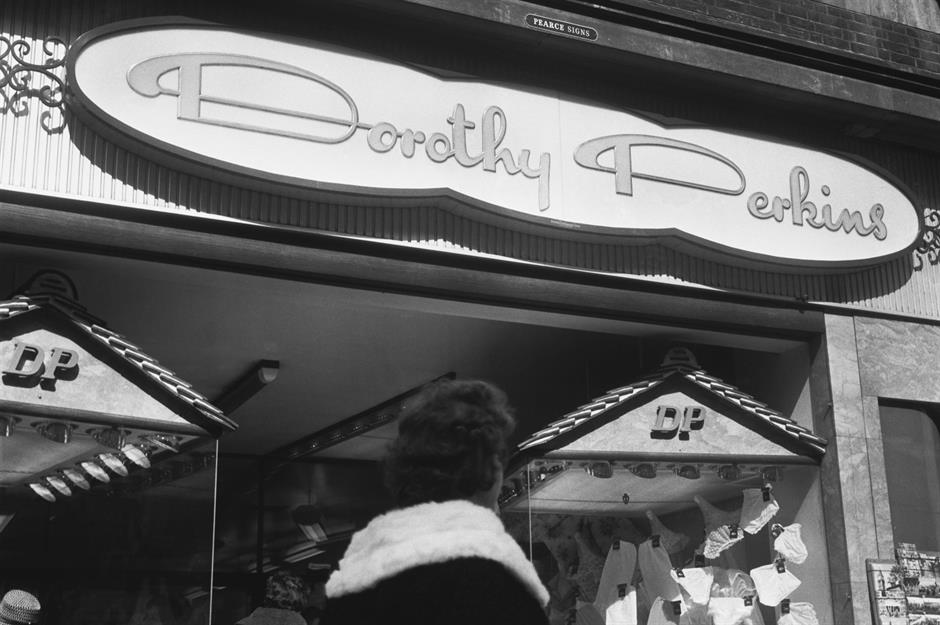
This fast-fashion womenswear retailer started out in Luton in 1909 as a straw hat maker called H P Newman and assumed the Dorothy Perkins moniker, a name for a popular rose, during the First World War.
The chain thrived in the 1960s and 1970s when it had 275 branches and held a controlling stake in the boutique of the moment, Biba. In 1979, Dorothy Perkins became part of the Burton Group and its stores were often paired with Burton outlets.
Dorothy Perkins
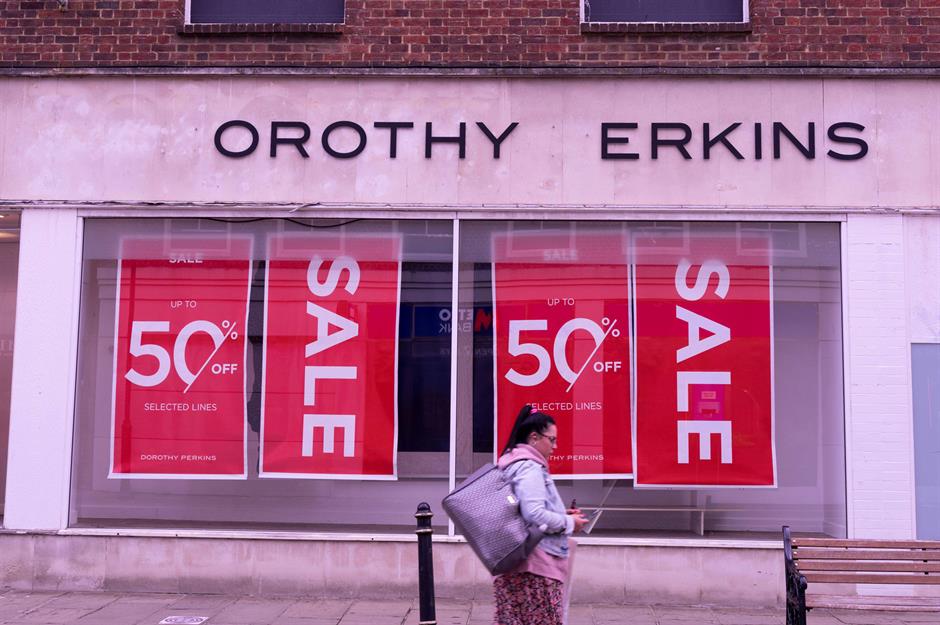
Dorothy Perkins' fate mirrored that of the wider Arcadia group, with underinvestment in its stores and heightened competition proving to be insurmountable obstacles.
In 2021, the brand was picked up by Boohoo along with Burton and Wallis for £25 million and its operations became exclusively online. All in all, 214 Dorothy Perkins, Burton and Wallis branches closed, with the loss of 2,450 jobs.
Miss Selfridge
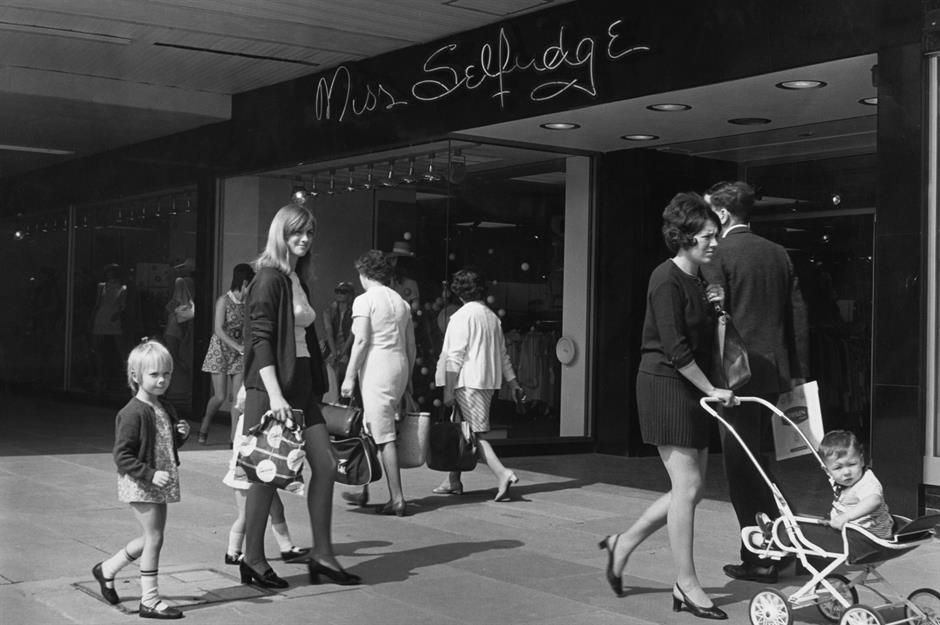
Miss Selfridge began life in 1966 as the young women's fashion section of the Selfridges department store on London's Oxford Street. The swinging section featured mannequins based on supermodel Twiggy and collections designed by Pierre Cardin.
Miss Selfridge swiftly went national as a standalone chain and boasted 180 stores by the end of the 1960s.
Miss Selfridge
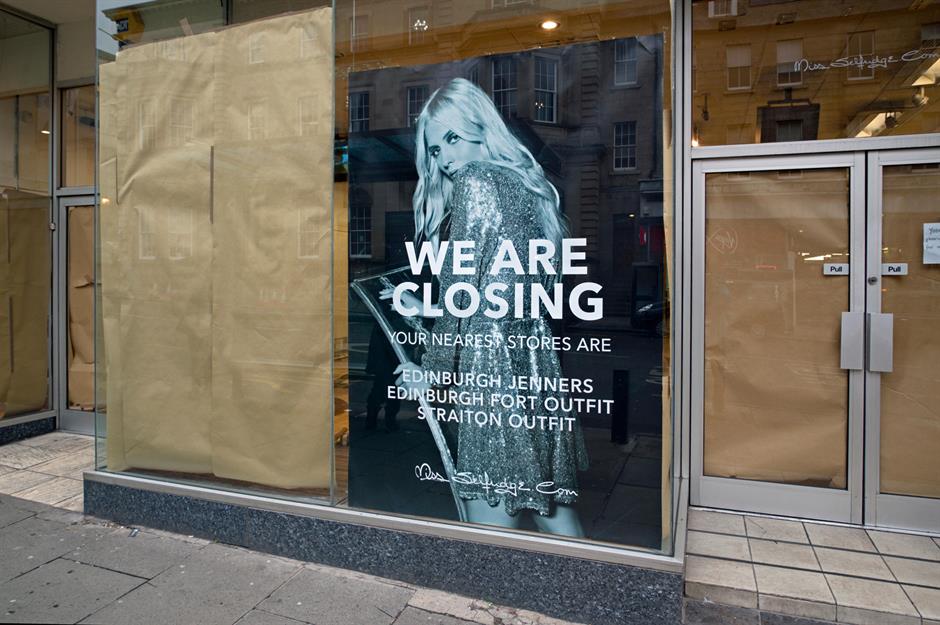
The chain was acquired by the Arcadia Group in 1999 and shined as one of its most profitable brands. But Miss Selfridge went bust along with other Arcadia stores following the group's collapse in 2020.
The brand was mopped up by ASOS the following year along with Topshop and Topman for £265 million. Its 70 physical stores were shuttered and the businesses went online-only.
Mothercare
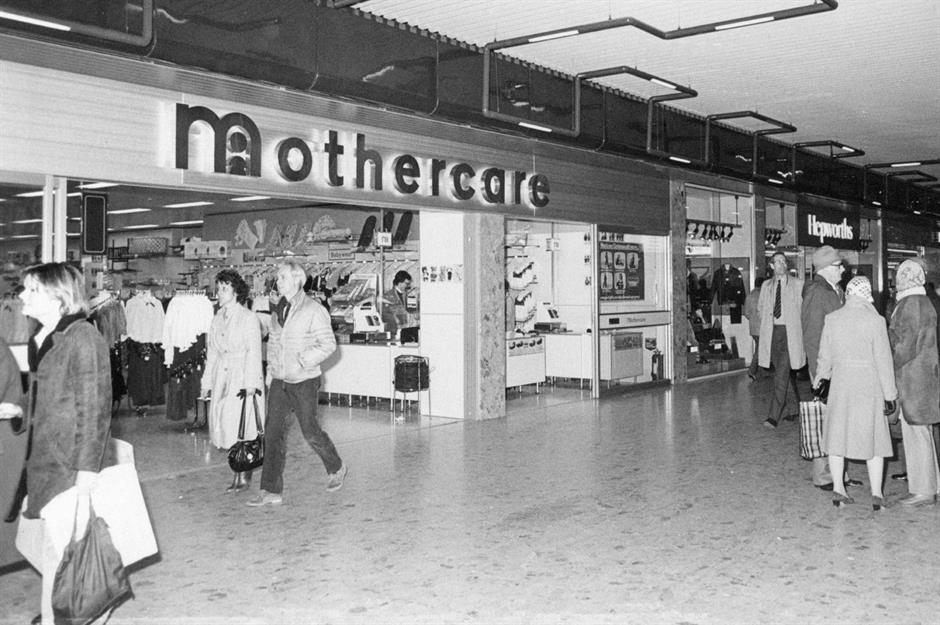
Mothercare started out as a nursery furniture chain. Iraqi-British businessman Selim Zilkha bought the 50-store chain in 1961, then called W J Harris, and transformed it into a major moneyspinner, selling products for expectant mums and kids up to eight years old.
The retailer added store after store and listed on the London Stock Exchange in 1972, becoming a stalwart of the British high street.
Mothercare

Mothercare engaged in several mergers and acquisitions over the years with Habitat, British Homes Stores and Early Learning Centre, and expanded internationally. But competition from supermarkets and online stores led to the undoing of the UK bricks-and-mortar business in the 2010s.
Mothercare's British store count dropped from 150 in 2017 to 79 in 2019. That same year, the UK business went under, with the loss of 2,800 jobs. However, the parent company did survive. Mothercare-branded products are still available from Boots and overseas Mothercare stores continue to trade.
C&A

Remembered for its inexplicably large skiwear section and not-so-fashionable Clockhouse and Man at C&A brands, C&A is another one of those chains the kids at school would tease you about if you were seen going in there with your mum. Only BHS and charity shops were higher up in the hierarchy of retail embarrassment.
C&A was founded in the Dutch town of Sneek in 1841. It takes its name from the initials of the founders, brothers Clemens and August Brenninkmeijer. The chain expanded internationally in the 20th century and opened its first UK branch in London in 1922. C&A stores were launched across Britain, and the chain became a household name.
C&A
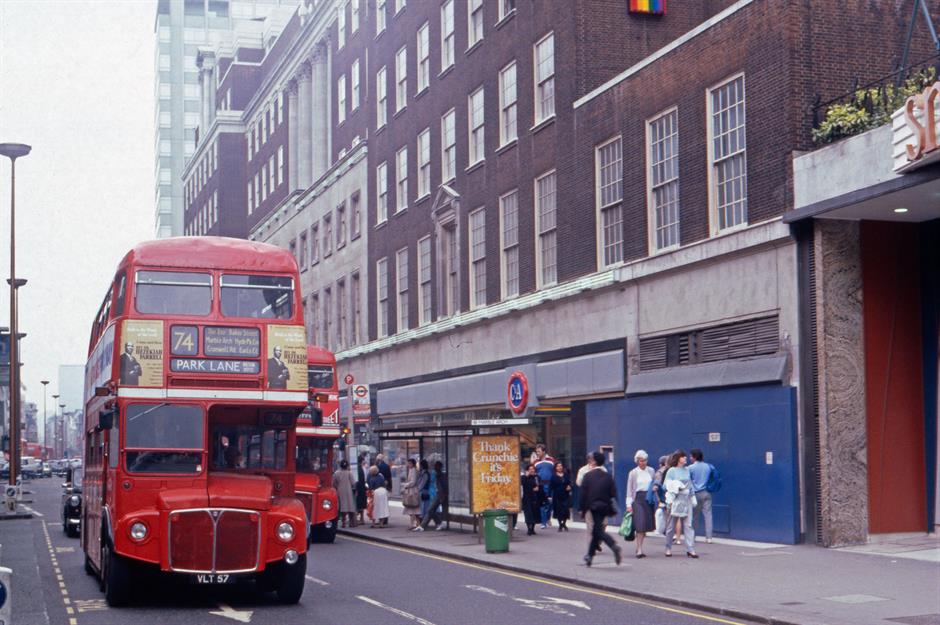
During the 1960s, the retailer was renowned for its fashion-forward yet affordable designs. But it became outdated and something of a joke in the 1970s and 1980s. By the end of the 1990s, UK shoppers were shunning C&A en masse for other mid-range retailers.
With profits dwindling, C&A bowed out of the UK market in 2000, closing all its 113 locations with the loss of 4,800 jobs. Primark now occupies the former flagship on London's Oxford Street. But while its time in Britain is long gone, C&A currently operates more than 1,800 stores in 24 countries across continental Europe, Asia and Latin America.
Now discover the UK's most expensive megaprojects
Comments
Be the first to comment
Do you want to comment on this article? You need to be signed in for this feature